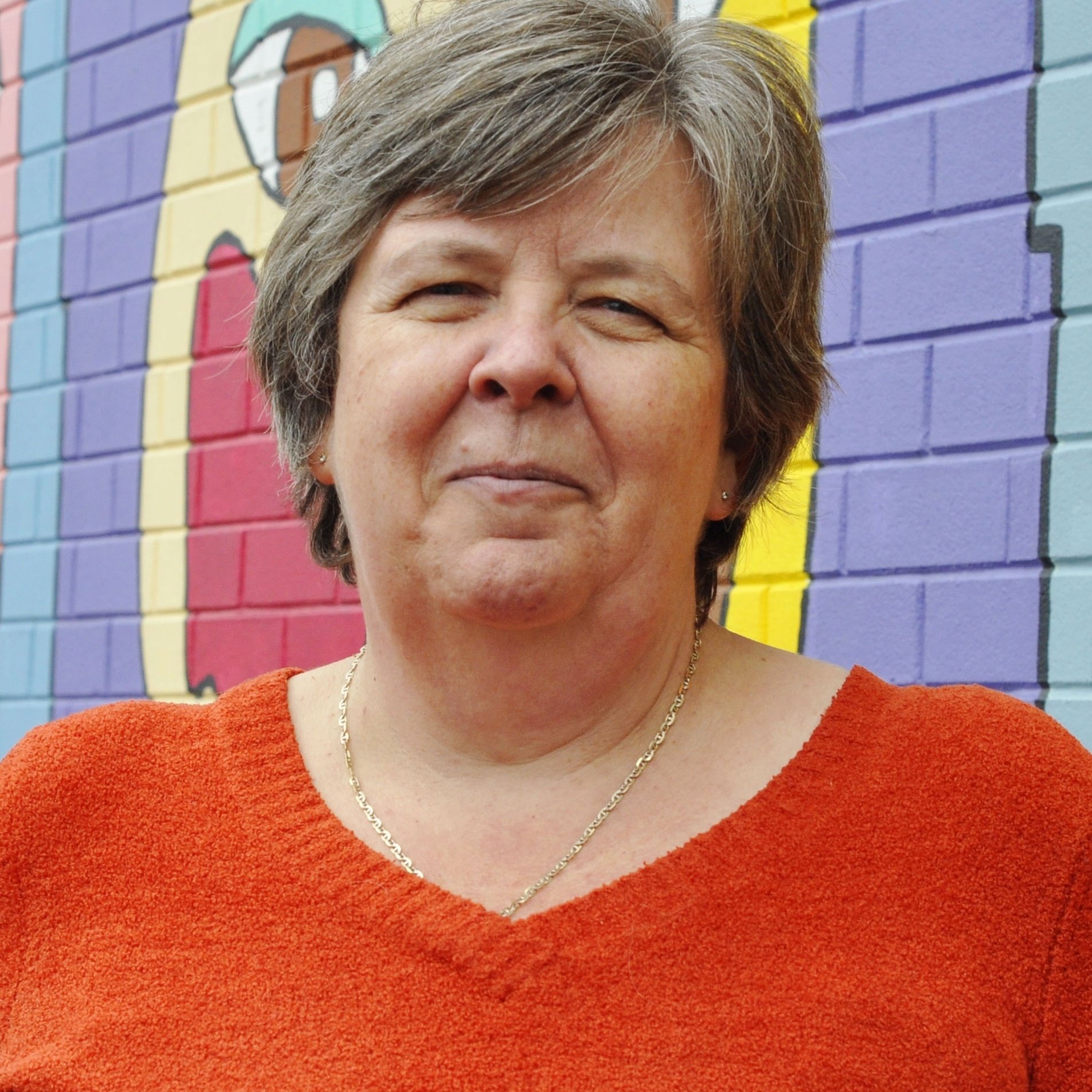There is a big tension in community change efforts. There is the tyranny of the immediate - hunting for quick wins, trying to move the agenda forward and being aware of the multiple demands on participant time. With such a focus on the immediate, we sacrifice the building of relationships and reflection to meet the demands of the short term and time factors.
A recent blog about performance innovation discusses how the tyranny of the immediate has an impact on relationships within the workforce:
At first blush the workforce appears to be highly engaged with all hands on deck responding to the crisis. But in reality Tyranny of the Immediate produces only short-term or faux engagement, then it’s back to business as usual, waiting for the next crisis. This can produce an adrenalin rush for managers and give a misleading sense of accomplishment. It can become addictive and move managers from being a firefighter to becoming a pyromaniac; enjoying the fire.
Source: http://www.performance-innovation.com/blog/tyranny-of-the-immediate-vs.-organizational-excellence
 The author goes on to state that fighting a short term crisis makes it much more difficult to get the team refocused on the longer term objective and often, the longer term objective loses momentum and cache. Focusing on the tyranny of the immediate also hampers the building of relationship and trust.
The author goes on to state that fighting a short term crisis makes it much more difficult to get the team refocused on the longer term objective and often, the longer term objective loses momentum and cache. Focusing on the tyranny of the immediate also hampers the building of relationship and trust.
So how does this apply to community change efforts?
The issues often tackled by community change efforts are complex and have formed over time, sometimes multiple generations. To truly understand the complexity of the problem or issue, we have to engage with each other, look at the data and research, immerse ourselves and our partners in conversation.
How can we balance product (the immediate) and process (the relationship and reflection)? John Kania, Managing Director of FSG and author of multiple articles about collective impact has mused that ‘the process is as important as the product’.
Indeed, in the resource Guide to Evaluating Collective Impact, the first set of measures evaluate collective impact capacity (our connection to the issue, our relationships, our understanding of data) and the overall approach calls for strategic learning to be embedded in evaluation.
So, slow down. Be strategic yes, but also be observant, relationship driven and practice patience. Your community change work will benefit as a result.




